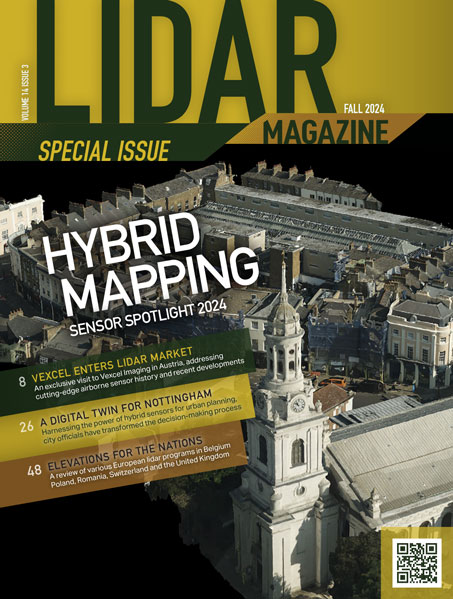Leicestershire, 25 May 2017 Aerial photography from Bluesky is being used to identify changes in sediment movement in upland river courses, to help assess the risk of flash flooding. In research centred on the English Lake District National Park, the imagery is helping map region-wide river erosion and sedimentation patterns. Using a Geographical Information System (GIS), Blueskys aerial maps, dating from 2003 and 2009, alongside older aerial photographs and historic Ordnance Survey maps, are being used to understand river channel change from 1850 to the present day.
Rivers in upland regions are associated with greater rates of erosion and sediment transfer due to steep channel gradients, concentrated or flashy storm discharges, and an active supply of material from surrounding hillsides. This can lead to changes in channel patterns and morphology, affect flood risk and impact on the surrounding landscape and environment.
Upland rivers experience high rates of erosion and sediment transfer and are highly susceptible to changes in their planform. This can influence flood risk, affect land boundaries, damage infrastructure and habitat diversity, commented Hannah Joyce, Research Postgraduate Student at Durham University and author of the study. Understanding how these rivers have changed in the past can provide insights into how these systems might evolve in the future. With more extreme weather events, such as storm Desmond in 2015 which broke the UKs 24 hour rainfall record, we are expected to see future changes in upland river courses.
Using GIS, river channel banks and gravel bars are being digitised on the different dated imagery. The different data will be overlaid to quantify channel changes and movements over time. This information will be compared for all rivers in the central Lake District National Park, and the outcome of the research and the approach used will be applied to other upland areas for improved understanding and management of river sediment and erosion issues.
Designed to inform targeted management strategies to address current engineering problems and mitigate against future flood risks, the Bluesky imagery is being used in a partnership between Durham University, Newcastle University and the Lake District National Park Authority (LDNPA). The project is funded by the Natural Environment Research Council (NERC).
The Bluesky aerial photography was originally purchased by the LDNPA, where it is accessed by all staff using the Authoritys GIS. Applications of the data include use by the Planning Team to examine developments over a period of time, while other staff use the Bluesky imagery to assist with conservation management, identify archaeological features and manage LDNPA properties.
About LiDAR
In order to capture highly accurate LiDAR (Light Detection and Ranging) data a survey aircraft equipped with a system of lasers is used. Lasers are transmitted to the ground and the time taken for the beam to be bounced back to the aircraft-mounted receivers is recorded. Using the known position of the aircraft (derived from on-board satellite positioning equipment), the time taken for the return of the laser beam and the known value of the speed of light, the distance between the aircraft and ground is calculated. Readings can also be taken to determine the height of buildings, vegetation and other surface structures such as above ground pipelines, highways, street furniture, power lines and railway tracks.
About Bluesky
Bluesky is a specialist in aerial survey including aerial photography, LiDAR and thermal data using the very latest survey technology, including two UltraCam Eagles and a Teledyne Optech Galaxy LiDAR system integrated with a PhaseOne camera and thermal sensor. An internationally recognised leader with projects extending around the globe, Bluesky is proud to work with prestigious organisations such as Google, the BBC and Government Agencies. Bluesky has unrivalled expertise in the creation of seamless, digital aerial photography and maintains national off the shelf coverage of aerial photography, DTM and DSM through an on-going three-year update programme. The integrated Galaxy LiDAR system, which includes thermal and aerial photography cameras, places Bluesky at the forefront of this technology and in the enviable position of being able to provide customers with unique and extremely cost effective solutions. Bluesky is leading the way in developing innovative solutions for environmental applications, including the UKs first National Tree Map (NTM), solar mapping and citywide heat loss maps and is currently developing noise and air quality mapping products. www.bluesky-world.com
